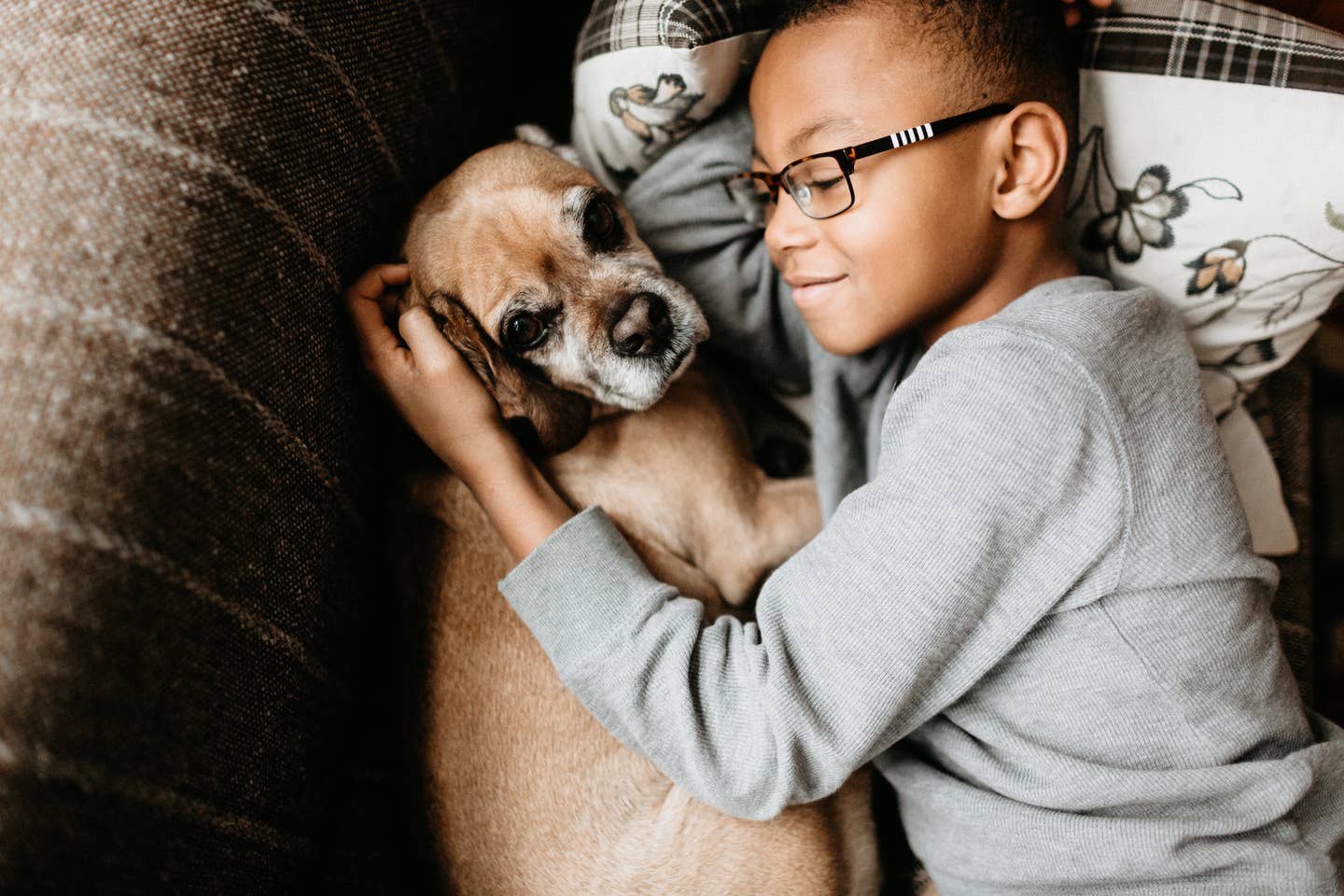
How to Successfully Adopt an Animal During COVID-19 Lockdown
As more and more people are working from home, people are adopting pets like no other time. Considering adopting a best friend? Here's what to know and what to do to make sure it goes smoothly and successfully.
1) Talk to a veterinarian
Find a veterinarian before you adopt an animal. A veterinarian can be a great source of information and can also help you choose the best pet to suit your lifestyle. Ask your friends and family for vet recommendations and read online reviews. Understand that the relationship you’ll have with your veterinarian will be lifelong, so don’t take it lightly. Chat with potential vets and feel free to ask if he/she can provide a few references from current clients.
2) Be realistic about costs
Animals cost money, plain and simple. From adoption fees to veterinarian visits, a lot of costs are associated with bringing a pet into your home. Even if you have the money to pay for bedding, crates, harnesses, brushes, toys, a year’s supply of food, and an initial vet visit, what happens if your animal becomes ill or is injured in an accident? Can you afford regular medication? What if they need surgery?
Animals deserved to be cared for so make sure you’re being realistic about the potential costs, which could be several thousands of dollars per year. Talk with the shelter about any health issues the animal may have and contact your veterinarian for an estimate of potential costs, which can vary greatly by zip code.
3) Consider what kind of pet will fit your lifestyle
While pet guardians can absolutely still enjoy late-night parties and last-minute trips out of town, in some ways, having a pet is like having a child, so spontaneity must be paired with responsibility. If you travel for work a lot or stay overnight by your partner’s home on a regular basis, consider how having a pet would impact your lifestyle. Countless pet sitting and housesitting sites exist and make travel easier, but there’s an additional financial cost and some advanced planning is still required.
Having a dog means keeping a consistent schedule and incorporating and prioritizing their needs into your life. If you’re barely at home and can’t see yourself giving up spontaneous outings, then perhaps it’s not the best time to adopt a dog. According to Dr. Kelly Kandra Hughes, a psychologist and professional pet sitter, even if you convince yourself that your dog can wait for another hour or two, people often minimize the psychological distress they think they'll experience when out on their spontaneous adventure.
“The guilt and shame they start to experience will be quite distressing, to the point that any mental benefit they received from being spontaneous will likely be reduced.”
4) Make a plan for how to care for your pet (schedule walks, playtime, etc)
Many animals thrive on having a regular schedule so consider when and how you’ll work in exercise and playtime. Layout your weekly schedule, look for patterns and determine what will work best for you and your family. Playtime with cats, rabbits, and hamsters is a bit more flexible than dog walking but it’s still important for your family to schedule it in. If you’re free to walk the dog before work and your son can do it when he gets home from school, great. If you know you usually work late on Mondays and you live alone, interview pet walkers and confirm their availability before bringing an animal home.
Be sure to consider how likely your current situation is to change in the future. If your living situation, income, or daily schedule are likely to shift, perhaps wait a bit longer to adopt an animal. If you’re currently working from home but will soon resume working from the office, you’ll want to ease your animal into getting used to your being away. If animals are showered with attention by a pet parent that’s temporarily working from home, they may experience separation anxiety (barking, destruction, and potty messes) when the parent returns to the office.
5) Make your home pet-friendly
Before bringing a pet into your home, do a thorough search for items that could be hazardous to the type of animal you’re adopting. Also check your home, yard, and garden for plants that may be toxic to cats and dogs. Make sure there are no bottles of chemicals lying around and consider that everyday items that are harmless to humans may be extremely harmful for pets. Ibuprofen is toxic for cats and some chewing gum and candies can be deadly for dogs so they should never be left lying around on the counter or easily accessible in a purse or bag. Ensure pet-level cabinet doors close properly so animals can’t crawl inside and access these items.
Remember, animals like to dig around so just because something is out of immediate sight, doesn’t mean they won’t be able to access it eventually. Denise Herman, a dog trainer and behavior counselor, also urges would-be pet parents to consider the climate where they live. “People with smush nose dogs [brachycephalic] who live in a hot/humid climate must also have air conditioning during hot summer months.”
6) Prepare for an adjustment period
Adopted animals need time to adjust to their new family and to feel safe and secure in a new environment. Initially, animals can be shy and skittish and may be especially anxious around loud noises or a particular type of voice (such as a deep male voice). Crates not only help to prevent an animal from destroying your furniture or peeing on the rug, in many cases, they also provide animals with a safe space to decompress in their new home.
Puppies, in particular, require additional time up-front as they become socialized to new sights, smells, and sounds, and, especially, as they are potty trained. Get your family on board, make sure everyone knows what to expect and what role they’ll play before you bring the animal home.
7) Confirm your back up plan and get them on board
Before adopting an animal, confirm an extended support system. Should you become ill or need to go away for an extended period, who will care for the animal? Confirm a particular person – or better yet, persons – who live in your area and are willing and able to step in on short notice. Make sure they are familiar with your animal, his/her needs, food preferences and dietary restrictions, medication, and routine, and connect them with your veterinarian.
More From The Beet






